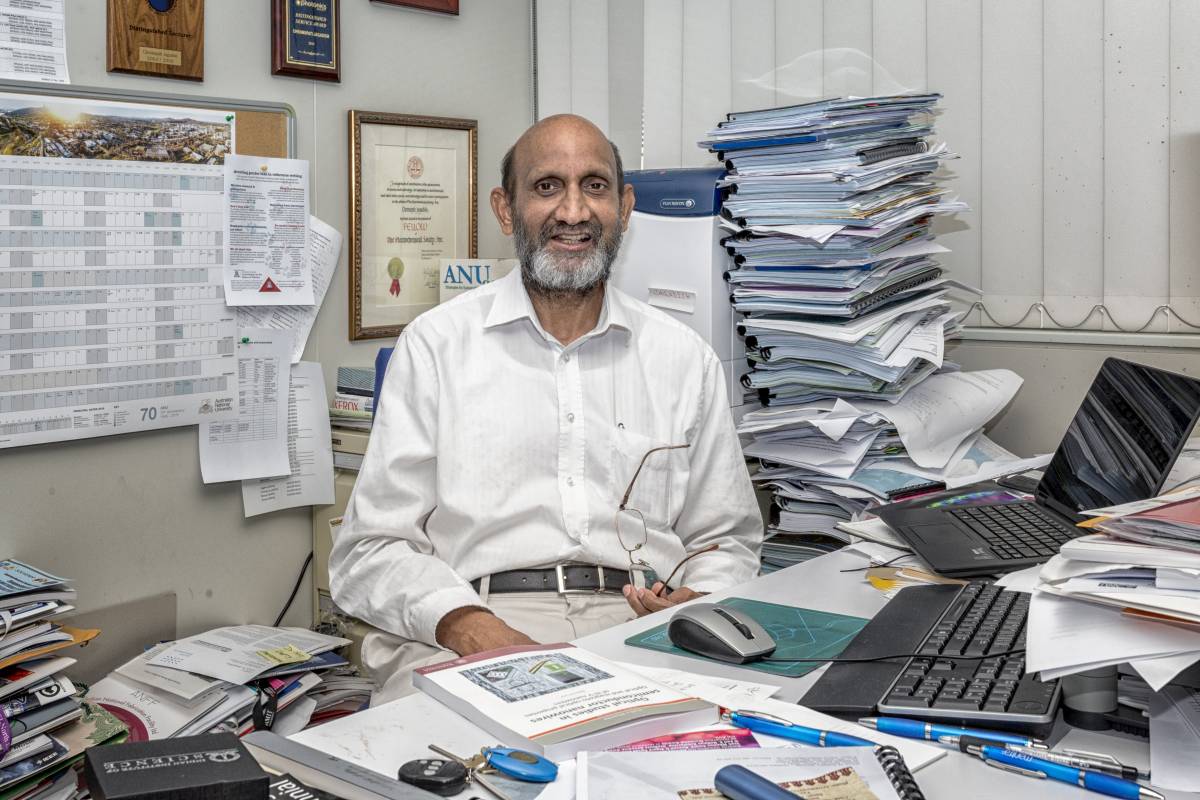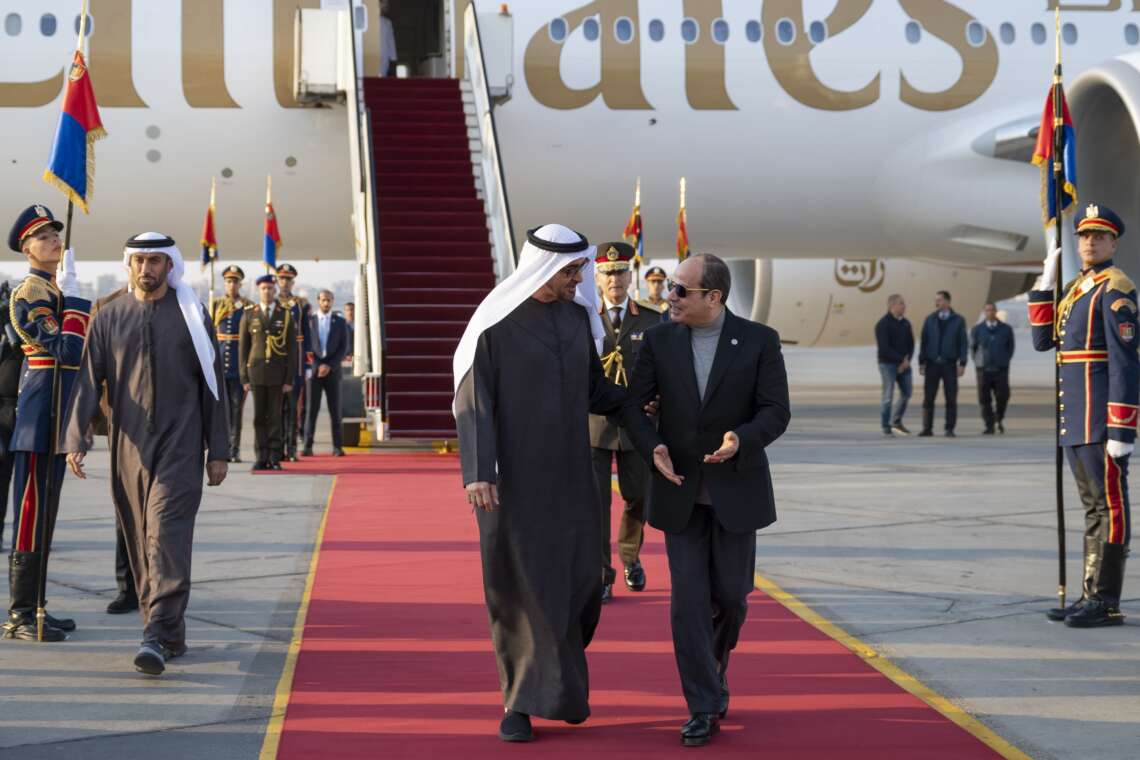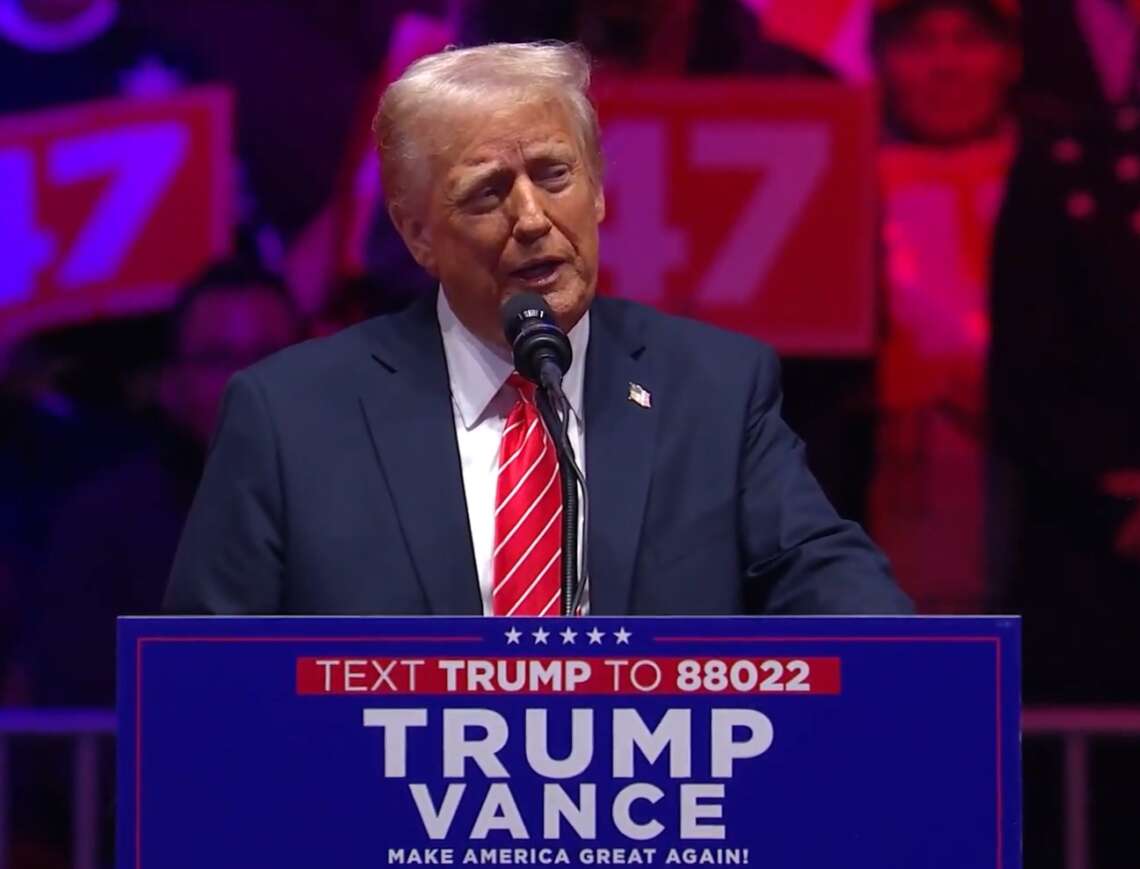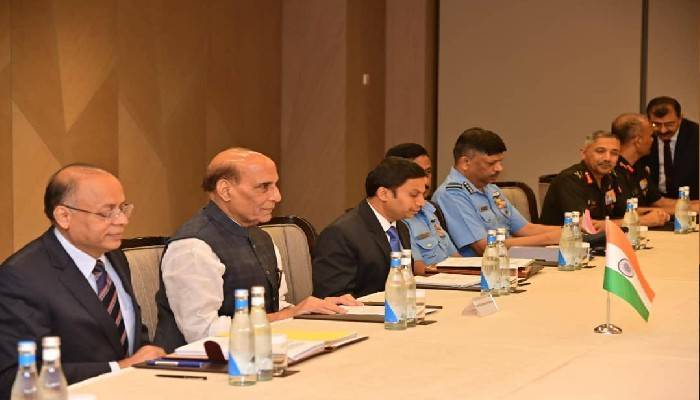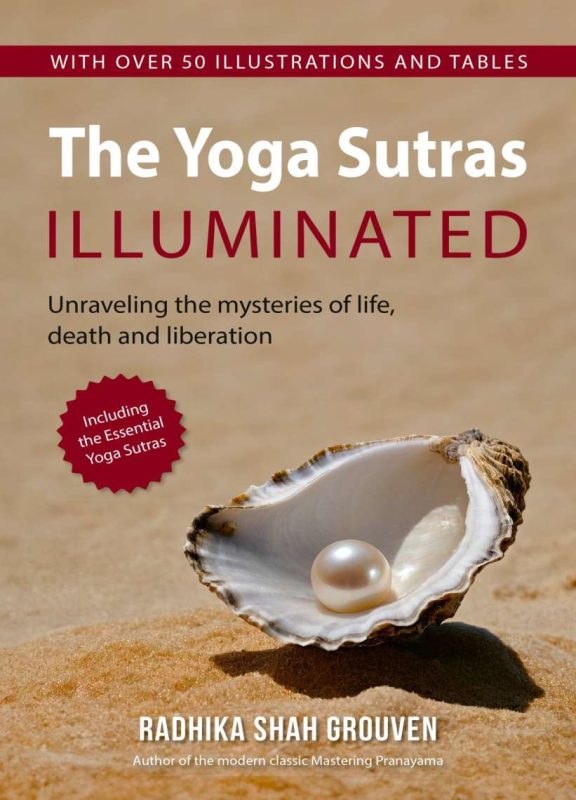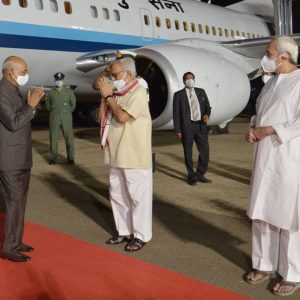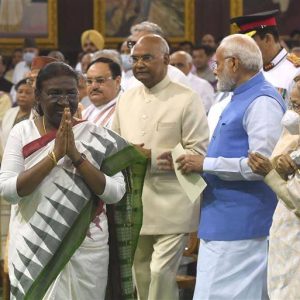Nanotechnology has a critical role in agriculture which rural India is dependent on. For example, nanosensors detect soil conditions, and nanofertilizers are absorbed more efficiently by plants…says Professor Chennupati Jagadish
One of the world’s leading physicists, Professor Chennupati Jagadish’s arrived in Australia in 1990 to take up a role as a research scientist at the Australian National University. Now, he leads its Semiconductor Optoelectronics and Nanotechnology Group and is the Australian Academy of Science President. Professor Jagadish has pioneered the creation of high-performance next-generation optical devices, which have massive potential in communications and data storage. He has also helped develop semiconductors used in LED lights and created some of the world’s most miniature lasers. Approximately 20-30 of these lasers can fit within the width of a single human hair.
His research is used to make flexible solar cells, split water and create hydrogen as a pure energy source. It is also applied to manipulate neurons to treat people living with dementia.
He holds six US patents and has published more than 700 international journal papers. Professor Jagadish was elected to the Academy in 2005 and received the Academy’s Thomas Ranken Lyle Medal in 2019 for his outstanding contributions to physics, just two of many accolades received throughout his career.
Born in a village in Andhra Pradesh to a Telugu-speaking family, Professor Jagadish studied in front of a kerosene lamp until his first year of high school and lived with his Mathematics teacher in a neighboring village to complete his studies. Life took a full turn when he came to Australia with his wife and a daughter. His hard work and dedication positioned him at the top of the science world today. Excerpt of the interview taken by Khushboo Agrahari
You have an excellent professional experience in the field of nanoscience and nanotechnology. Tell us about your journey as one of the world’s top physicists from a humble background and becoming the first Indian World Australian Science Leader.
I am humbled and grateful for my election as the Australian Academy of Science President. I started from a small village in Andhra Pradesh (Vallurupalem). Yes, I studied in front of a kerosene lamp and lived with my Mathematics teacher in a neighboring town (Thotlavalluru) as my father migrated to Telangana (Arekayalapadu). I was only ten years old then. While I was a good student till Class 10, I didn’t do very well in my Class 12 boards (JKC College, Guntur) and could not get into engineering. I studied Physics and Applied Physics (Electronics) for my Bachelor’s (VSR College, Tenali) and Master’s degrees (Andhra University). I got rejected as I am not a physicist as I did not do MSc (Physics), and when I applied for electronics jobs, they used to say I am not an engineer as none of my degrees say engineering.
I moved to Delhi and did my MPhil and PhD in Physics (semiconducting thin films) at Delhi University (DU) and taught in Sri Venkateswara College (DU) to BSc (Electronics) students. I used to apply for international post-doctoral fellowships by looking at advertisements in magazines like Physics Today and IEEE Spectrum, which used to come to DU library six months late by seamail. These were pre-PCs, internet, and email period. I received rejection letters from everywhere and had more than 300 rejection letters over three years. I had to change my field (magnetics) to get my first post-doc at Queen’s University in Canada. After working there for two years, I moved with my wife Vidya and 2-month-old daughter Laya to Australian National University (ANU) with a 2-year contract.

Australia and ANU have been good, and I got a permanent position after two and a half years. I have built up my research group and reached the highest academic position of distinguished professor. Now people accept me as a physicist and an engineer with election to various science and engineering academies and many prizes and awards for our work. Many people helped me in my life: my parents, high school teachers, mentors, and supporters during various stages of my life. It is a matter of self-belief, hard work, persistence, and perseverance that has allowed me to be where I am today despite modest beginnings. I am grateful to India for nurturing me from childhood to adulthood, providing me with all my education, and to Australia for the opportunities to flourish as a scientist.
Can nanotechnology play an essential role in future space missions? Notably related to recent developments in nanosensors due to the emergence of improved high-performance materials. Do you think nanotechnology is the up-and-coming tech that will enable authentic space explorations?
Nanotechnology is used in space missions. In the future, more nanotechnology will be used in electronics, sensors, and lightweight and high-strength materials, making space systems lighter and consuming less energy. Already nano-sensors have been used in Mars Rover. Nanotechnology is critical in creating electric propulsion systems based on nanotechnology along with lightweight materials allowing inter-planetary travel. NASA has big plans for the use of nanotechnology for future missions.
The terms nanoscience and nanotechnology are used interchangeably. Are they very different? If so, how can one differentiate between them?
I agree both the terms are used interchangeably. Understanding nanoscale phenomena and discovering new nanostructures and novel properties is nanoscience. The use of these nanostructures for applications is nanotechnology. Learning new nanostructures occurring at the nanoscale, and their application in various devices is nanotechnology.
What is your view on helping solve some of the world’s complex environmental problems that can probably make the future of nanoscience and nanotechnology most exciting?
Nanotechnology will be essential in addressing climate change and developing renewable energy systems. For example, lightweight, efficient and low-cost solar cells are one example. Using nanostructures to split water can help create hydrogen as a clean, transportable energy source. Removal of carbon dioxide from the air and storing of CO2 or conversion of CO2 into usable chemicals using nanotechnology has an important role. Nanosensors are used to monitor the environment.
Can nanotechnology and nanoscience play a role in bringing rural India into the modern era? Can it strengthen the manufacturing power of small and medium enterprises to green sustainable development?
Nanotechnology has a critical role in agriculture which rural India is dependent on. For example, nanosensors detect soil conditions, and nanofertilizers are absorbed more efficiently by plants. Nanotechnology is conducive to creating SMEs, which could benefit rural India in creating employment. For example, clean drinking water systems based on nanotechnology developed by Prof. T. Pradeep from IIT Madras are used in rural India.
India is trying to eliminate single-use plastic. Is there any inexpensive and sustainable alternative to plastic to make this possible? Can nanoscience play any role in this direction?
Single-use plastics are banned in various countries, including Australia. Nowadays, paper bags are used in place of plastic bags in different parts of the world. Biodegradable plastic bags is another option being explored. More work needs to be done in this area to avoid polluting our environment and water.
Who has been your most outstanding role model, and why? What are the most important lessons you have learned in your career so far? Even after achieving almost everything possible, what still drives you?
Two of my high school teachers have been my most outstanding role models. Without their help during high school, I would be plowing the fields in India. One taught me the importance of hard work, discipline, and persistence, while the other taught me the importance of being simple, humble, kind, and generous to others. Both of them and my parents shaped me into who I am today. My main driving force is to make a difference in other people’s lives and pursue science and technology. I feel fortunate to be where I am today, and I want to open the doors for the younger generation as they are the future of science and society.
What is the most significant scientific discovery of all time?
It isn’t easy to single out one out of many great discoveries. The discovery of electrons led to the transistor’s development, which changed how we live with electronics. The discovery of photons led to the development of LED and lasers. We can’t imagine modern life without transistors, LEDs, and lasers. The discovery of DNA structure led to contemporary developments in biology.
Cosmology involves the origin and evolution of the universe. Is there any connection of nanoscience with the cosmic world?
While cosmology is one end of the scale of the universe, nanoscience is at the other end at the atomic scale. Using James Webb Telescope, nanotechnology is used to study the universe and image the galaxies at great depth and clarity. Astronomy uses a lot of electronics and optics based on nanotechnology. Increased computing power due to nanoscale transistors in computer chips allows astronomers to process vast amounts of data they collect under the universe.
Science and religion are two essential components in the search for truth. Do you agree?
While science focuses on discovering the natural world around us, religion focuses on finding the self. Both have their roles to play in life and society.
You have closely seen Indian sciences as well as the top-notch scientific world. Where are we lagging? How can we bridge the gap?
India has outstanding research centers just like anywhere else in the world. India has a vast population and an aspiring young generation, which gives a substantial demographic dividend; how to expand this excellence to other institutions so that we can bring the science excellence to the grassroots. Investment in education and research is critical to addressing issues like a pandemic, climate change, and clean energy. Consistent long-term investment in science is essential to develop technologies of importance for India. Our education system needs to move from facts-based education to one which encourages creativity and thinking.
What are your views on the potential to revolutionise fields such as medicine? How do you see the connection of nanotechnology with neurosciences in the current scenario? Can nanotechnology positively contribute to neurosciences in the near future?
Nanotechnology has a vital role in neurosciences in studying brain signals at high precision and engineering stem cells to create neuronal networks to help patients with dementia. Neuroelectrodes will help to screen various medical drugs and their efficacy in treating Alzheimer’s disease.
In your opinion, which fields of science and technology will be most important for humanity in 21 st century as we are still at the beginning of the century?
Predicting the future is a fraught process. Artificial intelligence and machine learning will be used more in science and technology, and human-machine interfaces will play an important role. Along with nanotechnology, quantum technologies will play an important role. Renewable energy and greenhouse gas reduction technologies will play an essential role in addressing climate change. Neurotechnology has the potential to help the aging population with dementia. Wearable sensors will monitor our health. Opportunities in biology are enormous. Possibilities are limitless and depend on human ingenuity.

What essential advice would you give to a young scientist hoping to climb the ranks in science and technology?
Choose something you are passionate about, believe in yourself, and work hard and smart. Resilience is essential in life; perseverance and persistence are critical to achieving anything. Never give up and maintain a positive attitude despite ups and downs; everything is possible in life. A person from my background could become the Australian Academy of Science President. The sky is the limit for the new generation.
ALSO READ-Ways to style oversized clothes


